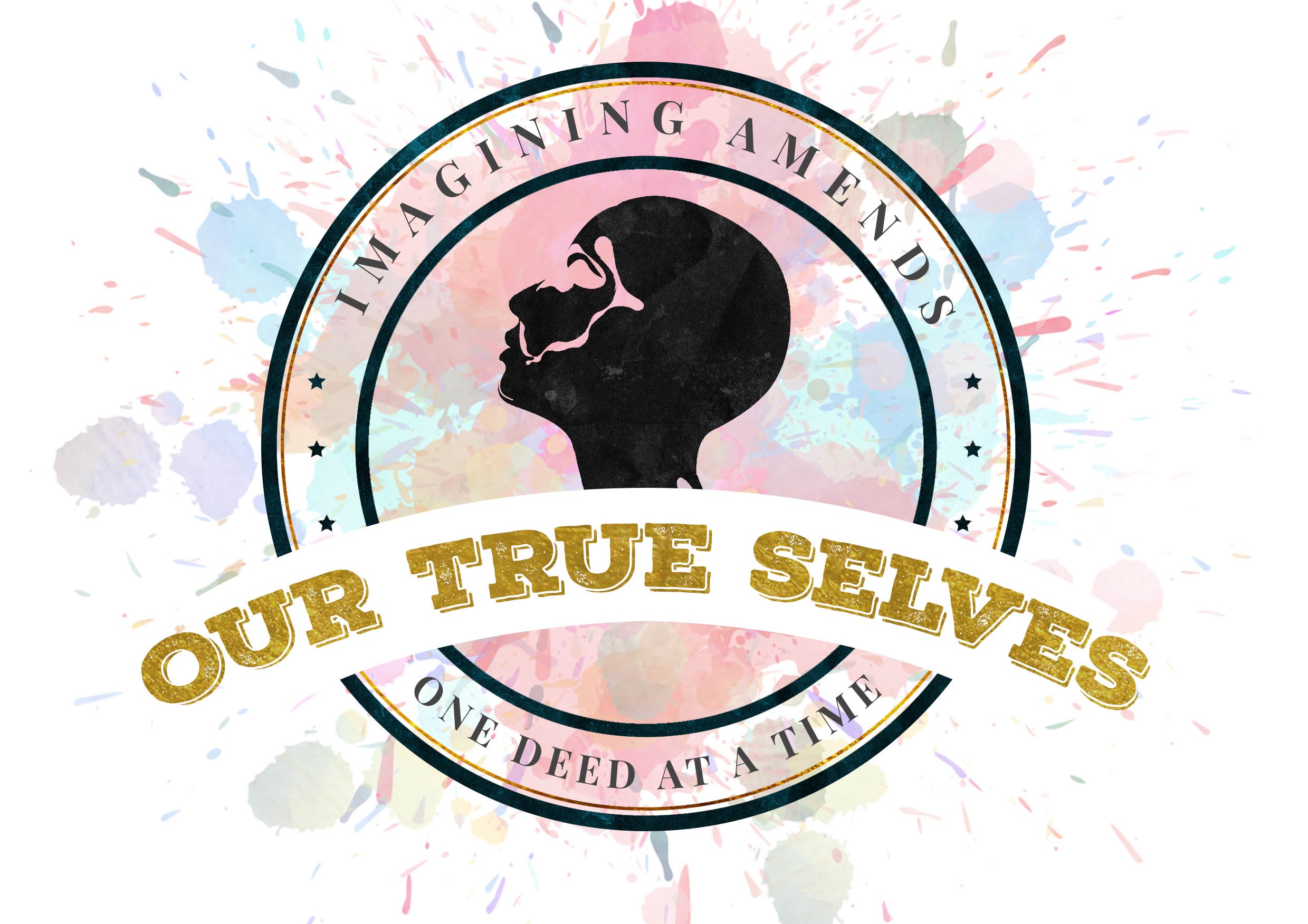In the following excerpts Anneli Rufus asks a penetrating question, “What would you do today if you didn’t despise yourself?” It may not be useful to protest that we don’t.
“Our true selves are the selves we were before we twisted, bent, and beat ourselves into the shapes we had to take in order to please others: the shapes that we hate. Our true selves are the selves we would have been had no one tried to break or shame or change us. Our true selves are what those who actually love us see in us. Our true selves are who we have always been, even if they have been in hiding all this time. Our true selves are who we will, in that sheer blue zone above self-loathing, always be.
Our true selves are the selves we do not have. Revisiting our “times before”—to remember, refresh, restore, rebuild, rejoice, and reconnect—is going home. From which our true selves never left. Where we can start again.”
Amends to Oneself Imagined as Other
“Our true selves, the selves from our ‘times before,’ are waiting for us. Where to find them? In the places and activities that make us hate ourselves the least . . . Wherever you hate yourself less is where your true self lives, where he or she feels safe to work and play.
Seek your true self the way birdwatchers scan the sky and trees. The more you come to recognize your true self . . . accept his or her. Welcome, embrace, and protect your true self as you would your best pal or your child. See, that’s the deal. Some of our true selves’ traits might be uncommon or unpopular, but once we grasp that they are ours and real, we must wear them with pride and joy as if our lives depended on it, because they do. Don’t hate your true self just because self-hatred is a habit . . .
[But don’t hate your false or ‘fake self’ either, who has helped us cope and manage; fostered our ego strength and resilience, and aided our feeling safe and protected. –Blog editor]
“The first step toward no longer faking it is to stop despising ourselves for faking it . . . It’s something most people do, consciously or not. Fake it till you make it, they say, and in our case making it entails first locating that elusive true self. With enough encouragement, the true self will be ready to emerge. But until then, someone has to be at the controls, and a false self is better than no self at all.
“Thus the second step . . . is to realize that faking it will likely be our last self-loathing quirk. After the rest are unlearned and let go, when the time for the real me has finally arrived, it will be the false me, the last tenant of my self-esteem halfway house, who will hand over the keys to the real me.
“It’s not the false me’s fault. She meant to help.
“This is the place to start.
“False self, meet true self. Hello. Hi. Acknowledge both. And like long-separated siblings bound to save each other, each has done its best.”
–Anneli Rufus, Unworthy: How to Stop Hating Yourself (Penguin Publishing, 2015), pp. 63-66, 120-121. https://books.google.com/books?id=lY6pAQAAQBAJ&dq=ourtrueselves.com/


